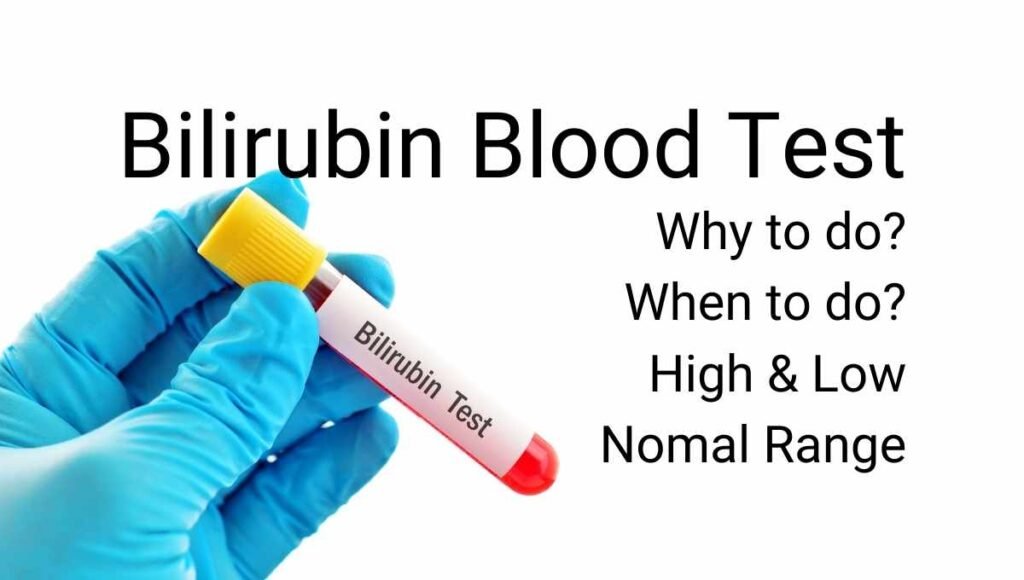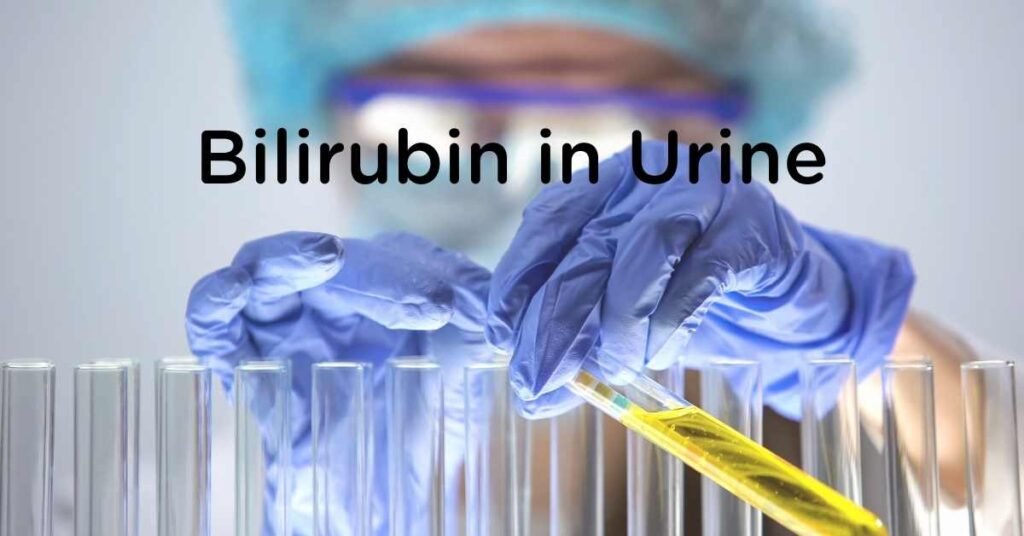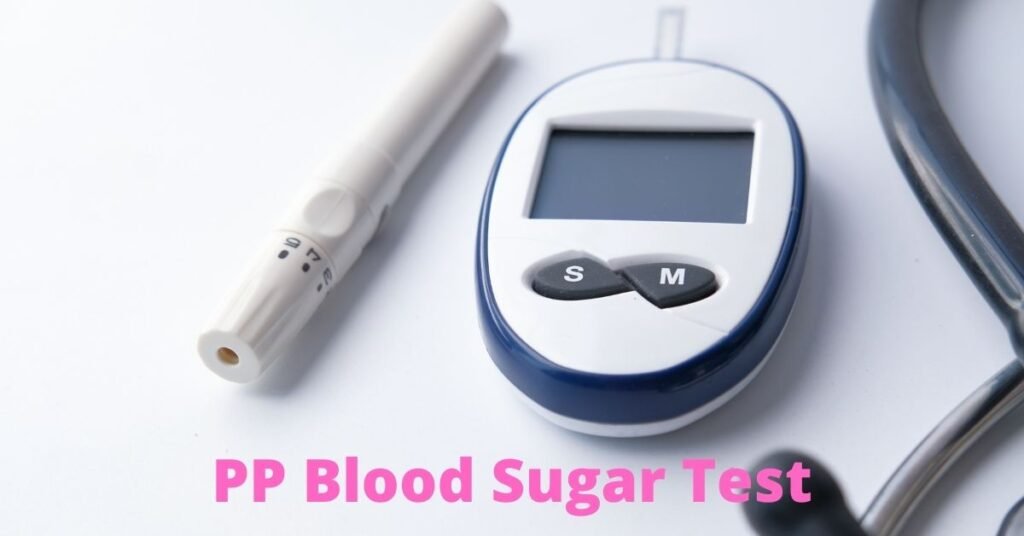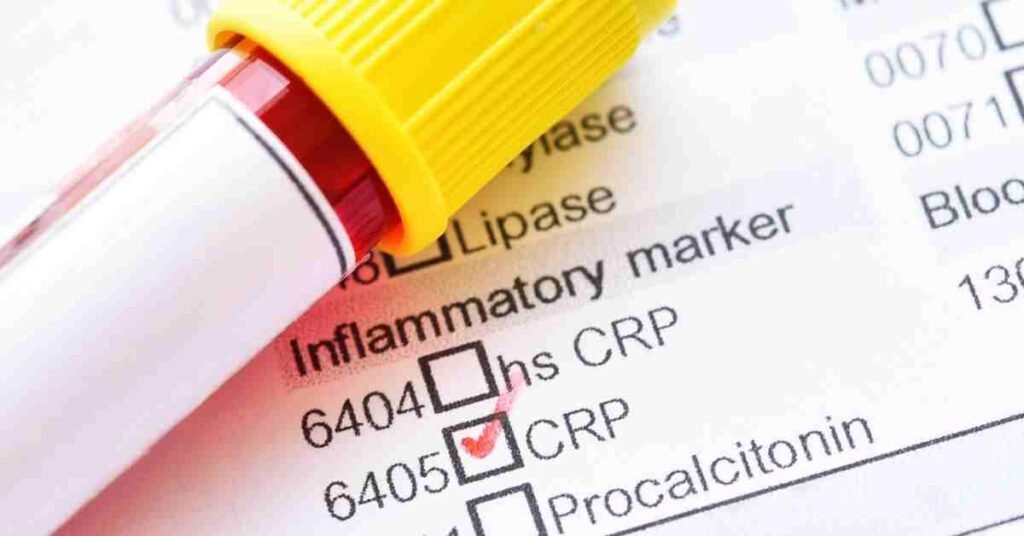What is Prothrombin Time Test?
Prothrombin time test is a part of routine blood test. It helps to detect and diagnose bleeding disorder, excessive clotting disorder, or effect of blood thinning medication on our body.
So, prothrombin time test measure our ability for appropriately forming blood clots.
Prothrombin time measures the number of seconds for the formation of clots in the blood sample after reagents are added.
Prothrombin is a protein that is produced by the liver. It helps in the clotting of the blood. It is one of the important clotting factor, the deficiency of which leads to delaying of the formation of blood clot.
Prothrombin Time Test Purpose
The purpose of prothrombin time test is the following
- To evaluate the ability of blood to form a clot
- To determine the chance of bleeding
- To predict the risk of bleeding before a surgery
- To evaluate the condition of liver
- To differentiate various medical conditions, especially the bleeding disorders
- To determine the appropriate treatment for a patient’
- to determine if any modification of undergoing treatment is needed or not
- To know the treatment outcome of a patient, especially in patient with bleeding disorder
- To know the effect of medication ( blood thinning medication such as warfarin) and to determine if any change of dose of medicine is needed or not
Prothrombin Time test Importance
Prothrombin time test is done to evaluate the ability of blood to form clots. So, when prothrombin time is long than normal range, it indicates chanes of bleeding. Similarly, when prothrombin time is low than normal range, it indicates higher chances of blood clot.
So, the importance of prothrombin time test are the following
- To know the risks of bleeding of clotting
- To know the overall health condition
- To rule out different medical condition
- Let us know if any bleeding precautions is needed or not
- Let us know if any dietary modification is needed or not
- It helps to find the cause of bruising or abnormal bleeding
- To check if the liver is functioning well or not
- To determine the bleeding disorder, it is indeed an important test.
Prothrombin time test is also performed to screen people who are waiting for liver transplantation. This screening is known as the model for end stage liver disease (MELD). It is a scoring system to assess the severity of chronic liver disease.
Prothrombin Time Test Procedure
Prothrombin Time Test is done just like other routine blood tests such as MCV, MCHC, MCH, Reticulocyte count, RBC count, WBC count, Platelets count,etc. Blood is drawn from one vein ( preferably the vein from arm) and analysis of prothrombin time is done based on this sample of blood. No special precautions is usually needed like fluid restrictions or dietary restrictions. But if you are taking vitamin K rich food, then it is advised to avoid the consumption of vitamin K rich food. Also if you are taking any blood thinning medication, it impacts prothrombin time. So, your doctor will guide you if you need any special precautions before the prothrombin time test.
Here it is important to mention that certain medicines such as heparin, aspirin, warfarin, antihistamine, vitamin C, vitamin K, herbal medicines, etc. can impact the test results. So, a thorough medical and drug history is very important before the test. Tell your provider if you are under any medication.
When PT (Prothrombin Time) Test is Needed
This prothrombin time test is usually done to check if any bleeding disorder is present or not. The common symptoms of bleeding disorders are the following
- Easy bruising or bleeding
- Blood in urine or stool
- Bleeding gum
- Nosebleed
- Blood clots unusually
- Heavy menstrual period
- Swelling, pain in joints
- Fatigue or weakness
Prothrombin Time Test is also done in the following conditions
- Disorders of bone marrow
- Immune System disorder
- Cancer such as leukemia
- Deficiency of vitamin K
- Liver issues
If you have bleeding disorder, additional tests are needed. These are
- PTT test
- Thrombin Time Test
- Platelet Count
- von Willebrand factor test
Prothrombin Time Test Results
Prothrombin Time test result is presented in two ways
- In seconds
- As INR
Prothrombin Time Test Result In Seconds-
The average time for blood clotting is 10 to 13 seconds. So, higher than normal range indicates that blood takes longer time than usual to clot. Similarly, the lower value of prothrombin time test than normal range indicates that blood clots faster than normal.
Prothrombin Time Test Result As INR-
The full form of INR is International Normalized Ratio. The ratio gives easier comparison of test results from different laboratories. It is especially used if one is taking blood thinning medication such as warfarin.
An INR of 1.1 or below (usually 0.8 to 1.1) is normal in a healthy adult. An INR in the range of 2 to 3 is usually effective therapeutic range for those who are taking blood thinning medication for any underlying medical condition like atrial fibrillation or when blood clot occurs in the leg or lung.
In few situations such as when one is having a mechanical heart valve, a slightly higher INR is needed.
A higher INR than normal range indicates blood is clotting more slowly, so chances of bleeding is more. Similarly, a lower INR than normal range indicates blood is clotting more rapidly than usual.
Blood is Clotting Too Slowly
Blood clots too slowly than normal in the following conditions
- Taking of blood thinning medication
- Liver problems
- Deficiency of vitamin K
- Deficiency or inadequate levels of proteins that are associated with blood clotting
- Any substance of blood that prevents the clotting factors to work appropriately and effectively.
Blood Clotting Too Fast
Blood clots too fast in the following conditions
- Taking of vitamin K containing supplements
- High consumption of foods that are rich with vitamin K such as liver, chickpeas, broccoli, kale, turnip, green tea and soybeans.
- Estrogen containing medications like contraceptive pills (birth control pills) and hormone replacement therapy.





